Every day, the prices of essential commodities are increasing, and our purchasing power is getting tighter. As much as I dislike the term diskarte, this is a time when diskarte will come in handy. One of these is starting to plant our own food with easy to grow vegetables.
Growing your own vegetables has many benefits. First, you save money by buying produce. If you harvest more than enough, you can sell them to your neighbors for some money or give them to those in need. You also have some sort of food security in case of emergency. You’re 100% sure the produce you’re feeding your family is safe to eat. And, of course, you’re helping the environment by inviting birds and bees to pollinate.
Thankfully, many areas in the Philippines have the perfect conditions for growing our own food. (We’re not an agricultural country for nothing.)
Read more:
- COVID-19 Response Propels Ilonggos to ‘Go Lokal’ and ‘Grow Lokal’ Food through Sustainable Urban Farming
- ‘Basura Mo, Tamnan Ko:’ How this Mom Battles Depression by Rocking the Urban Farming Community
- 12 Ways on How to Reuse Plastic Containers for Your Garden
- How to Reduce Waste in Your Household?
8 Easy to Grow Vegetables in the Garden
If you have a small patch of land at home and the conditions are suitable for growing your own food, lucky you! Here are some vegetables (and other edible plants/non-plants) you can easily grow in your home garden:
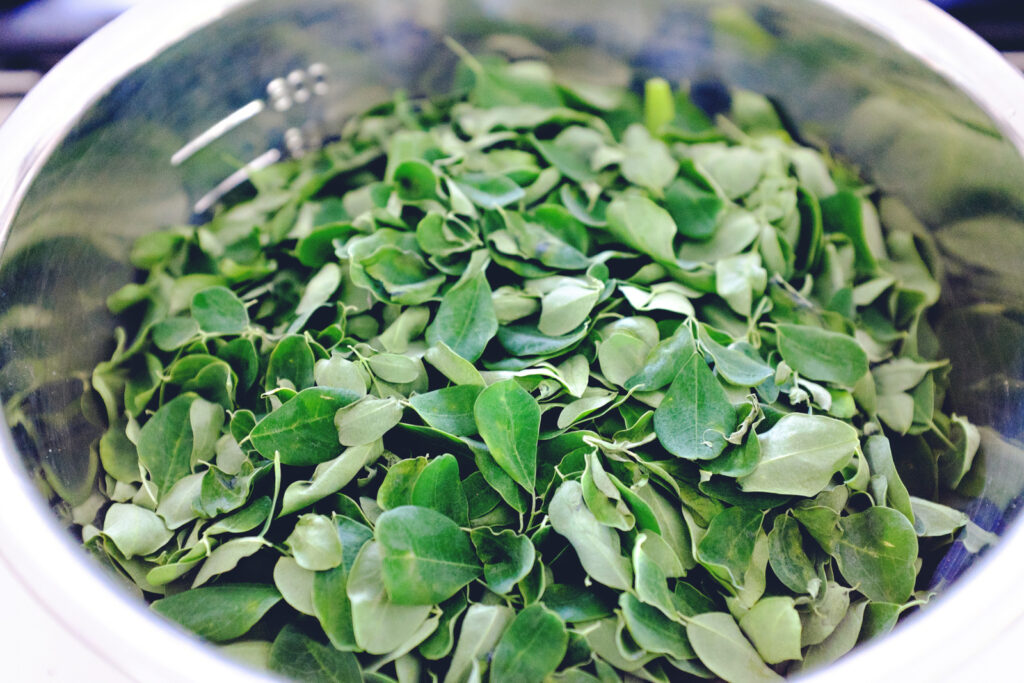
Malunggay
My lola used to say that if there’s one vegetable you should never buy, it’s malunggay. Reportedly, malunggay leaves absorb toxins in the environment, so it would be best cooked as soon as it is harvested from the tree.
I don’t know if it’s true, but that’s why we have our own malunggay trees at home. They grow quickly and can withstand extreme weather conditions.
Yes, your neighbors will probably hate all the tiny leaves falling with the slightest gush of wind. But I’m sure they’ll ask for some twigs for their ginisang munggo or tinola.
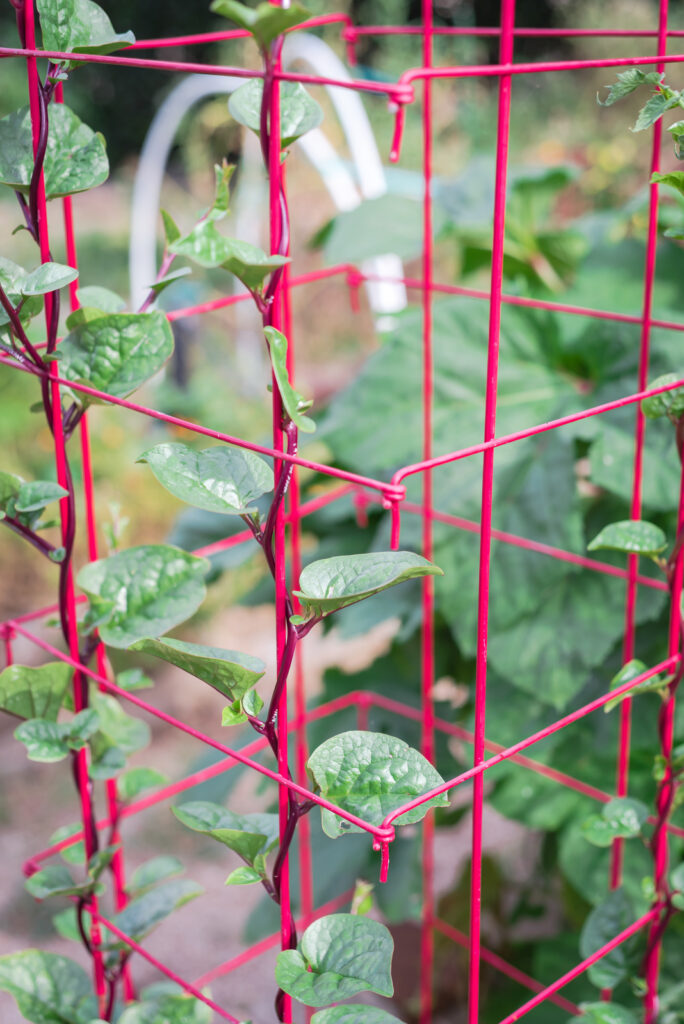
Alugbati
Speaking of ginisang munggo, I know many people are not fans of alugbati. However, these leafy, slimy greens (sometimes red violets) are packed with Vitamins A and C, minerals, and fiber.
Alugbati doesn’t require a lot – just soil, a bunch of cuttings, and a makeshift balag. (Your fence will also do, as long as you don’t mind your neighbors plucking your vegetables occasionally.) Plant the alugbati on the soil, water, and wait. You’ll see your alugbati growing and climbing the balag in no time.
For food prep, you can blanch it for your salad or put it in fish sinigang to replace your typical kangkong. Don’t knock it ’til you’ve tried it!
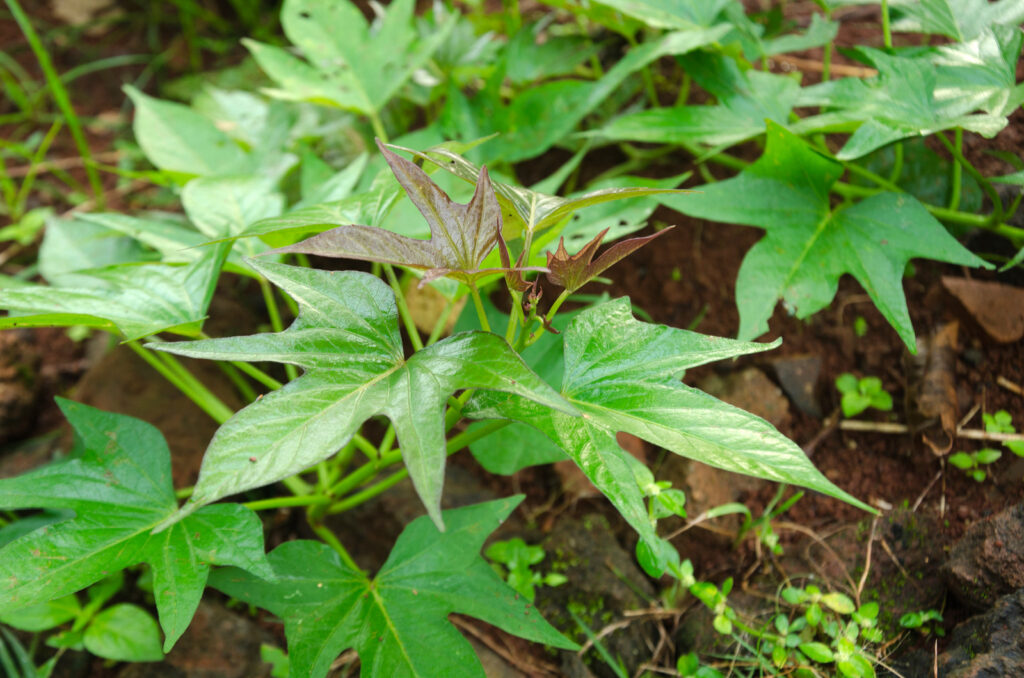
Kamote Tops
Like alugbati, kamote tops (talbos) is also very easy to grow in your small outdoor garden, with so many nutritional benefits. You can grow it from a bunch of leftover cuttings after picking the leaves or from the root crop itself. Like alugbati, it’s a vine, so you will need a balag for it to crawl on.
For sure, you already know how to prepare kamote tops. It can be blanched or used as greens in your sinigang. You can also eat kamote tops raw as a salad or include them in your green smoothie. The good news is that you’re certain about the safety of your raw leaves – but still wash them thoroughly.
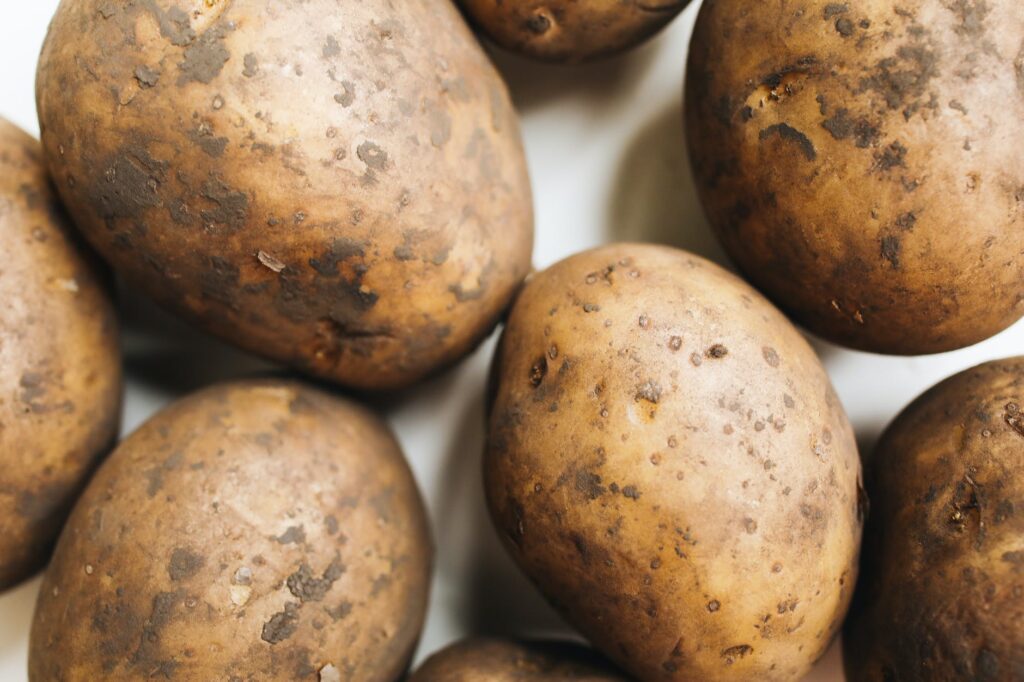
Potatoes
My two-year-old daughter is at the point in her life when she only wants french fries. No wonder she loves it so much: me and my husband are suckers for potatoes. So it only makes sense that we grow our favorite root crop.
(It’s not a vegetable, but I’ve got accustomed to putting plant ingredients used in savory foods in the “gulay” category.)
Thankfully, potatoes are pretty easy to grow at home. All you need is to half-bury sprouted potatoes in a dug-up hole (or a huge drum with soil) and water them. You will see the potatoes sprouting soon, and then you completely cover them with soil. Make sure you plant your potatoes under full sun because the green plant that grows on the surface will need lots of sunlight.
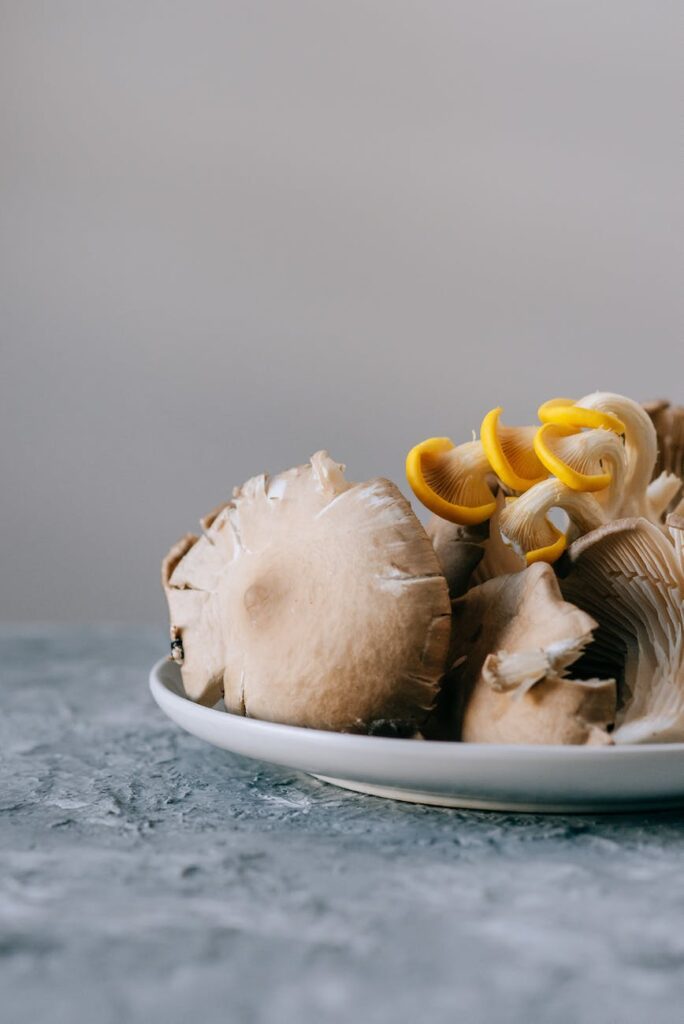
Kabute/Mushrooms
Although technically a fungus, mushrooms are an honorary member of the vegetable family. They’re a plant-based source of protein and B vitamins. Plus, they are super yummy.
A handful of households have already started propagating mushrooms in the past few years, and it has become a lucrative business. Mushrooms can only live in a shaded area and require regular maintenance, so it’s not really something you simply wait for, like other vegetables in this list. However, the fruits – or rather, the mushrooms of your labor will be worth the effort.
Just recently, my mother-in-law successfully propagated native edible mushrooms in our yard.
Remember, not all mushrooms are edible, so do your due diligence when foraging mushrooms from your backyard.
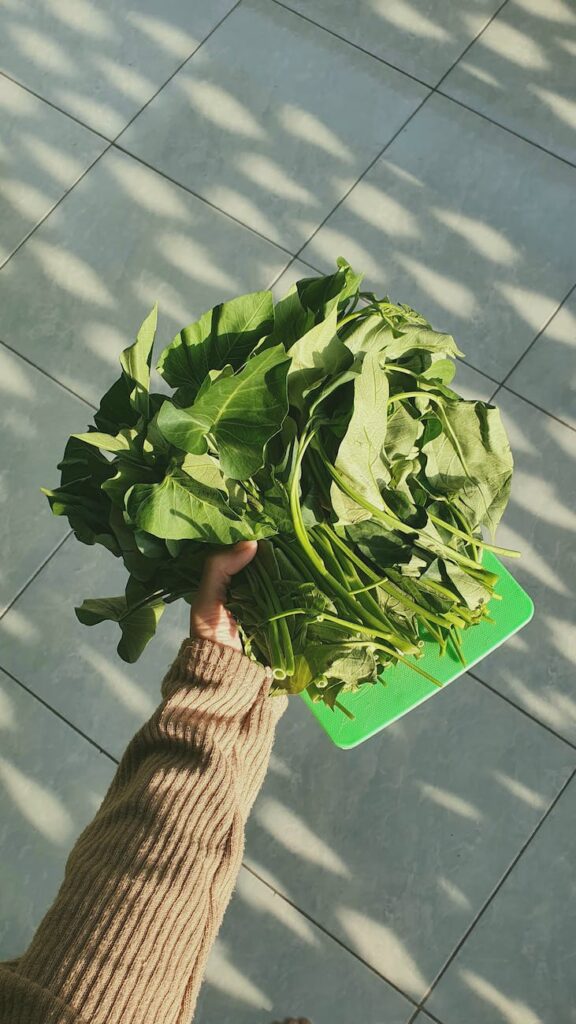
Upland Kangkong
My mom only started eating kangkong when she married dad and moved to Luzon, because, she said, kangkong grew in swamps. Well, she’s not entirely wrong, and thankfully, we now have upland kangkong she can grow in her own backyard.
Kangkong can be grown from seeds or cuttings. You can also buy seedlings from garden stores. Anyway, you can harvest its leaves from 20 to 40 days.
There’s many things you can do with kangkong. Add to siningang, sautee with garlic and some sweet soy sauce, or deep-fry in batter. You can also eat it raw in a salad, but make sure to wash it very well.
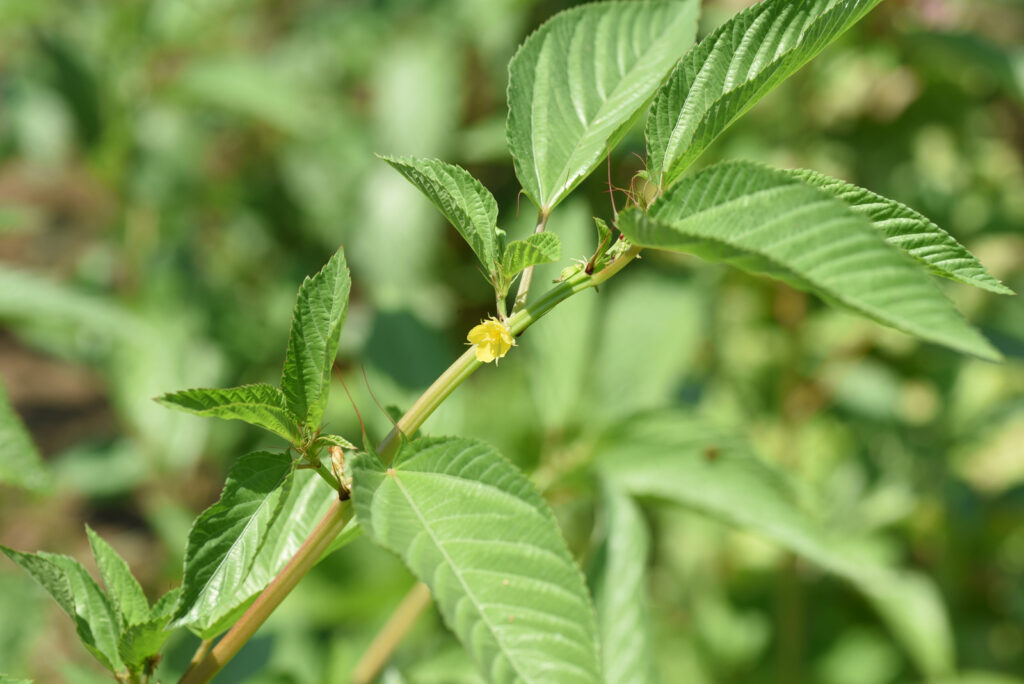
Saluyot
According to research, saluyot (jute) is one of the healthiest vegetables in the world. It’s a no-maintenance plant, too. All you need to do is toss some seeds into the soil and pretty much leave it alone. It will grow on its own as long as the conditions are right. When the plant matures, it will have pods that contain seeds. If you don’t harvest the seeds, they will fall on the ground and grow independently.
Since my father’s family hails from Ilocos, we regularly eat inabraw. In our household, inabraw is normally made by [overcooking] saluyot with vegetables. You can also find in pinakbet (minus the tomatoes) in water with some bagoong or salt. Personally, though, I prefer my aunt’s paksiw na saluyot, which is made by simmering saluyot with a head of garlic in some water and adding a splash of white vinegar just before turning the fire off. Yum!

Sili
Finally, we have sili. Sili grows easily in hot places, so it’s suitable for most places in the Philippines. You can either dry the seeds of sili bought from the palengke or buy seedlings in greenhouses and garden stores. It will normally take 75 days for your sili to bear ripened fruit.
Aside from cooking the leaves with your tinola and adding the fruits to your sawsawan, you can also make your own chili garlic oil!
3 Tips for Successfully Growing Vegetables in Your Garden
- Choose to grow local vegetables as they have the highest chance of survival in the present conditions.
- If possible, make your food growing journey a community effort. Encourage other families to grow different vegetables in their homes, which you can sell or trade with each other.
- If your main purpose is not to sell, plan the rotation of your crops according to the season. The Department of Agriculture’s Bureau of Plant Industry has a planting calendar to help you plan.










